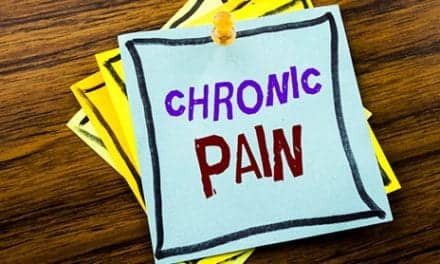Research from UT Southwestern Medical Center reveals that a drug that blocks the action of the enzyme Cdk5 could substantially reduce brain damage if administered shortly after a stroke. The development of a Cdk5 inhibitor as an acute neuroprotective therapy has the potential to reduce stroke injury, according to a news release from the UT Southwestern Medical Center. In addition, the findings determined in rodent models that atypical Cdk5 activity causes nerve cell death during stroke.
For the study, researchers administered a Cdk5 inhibitor directly into dissected brain slices after adult rodents suffered a stroke and measured the post-stroke effects in Cdk5 knockout mice. Based on this and prior research, Cdk5 has both good and bad effects. James Bibb, PhD, senior author of the study, says, “Cdk5 regulates communication between nerve cells and is essential for proper brain function. Therefore, blocking Cdk5 long-term may not be beneficial.”
Bibb adds, “Until now, the connection between Cdk5 and stroke injury was unknown, as was the potential benefit of acute Cdk5 inhibition as a therapy.”
Bibb explains, “If you inhibit Cdk5, then the vast majority of brain tissue stays alive without oxygen for up to 1 hour. This result tells us that Cdk5 is a central player in nerve cell death.” Bibb adds, “If we could block Cdk5 in patients who have just suffered a stroke, we may be able to reduce the number of patients in our hospitals who become disabled or die from stroke. Doing so would have a major impact on health care.”
Bibb says they are not at a point where the new treatment can be given after a stroke, but the “research brings us a step closer to developing the right kinds of drugs. We first need to know what mechanisms underlie the disease before targeted treatments can be developed that will be effective.” He states, “As no Cdk5 blocker exists that works in a pill form, the next step will be to develop a systemic drug that could be used to confirm the study’s results and lead to a clinical trial at later stages.”
[Photo Appears Courtesy of UT Southwestern Medical Center]
[Source: UT Southwestern Medical Center]





